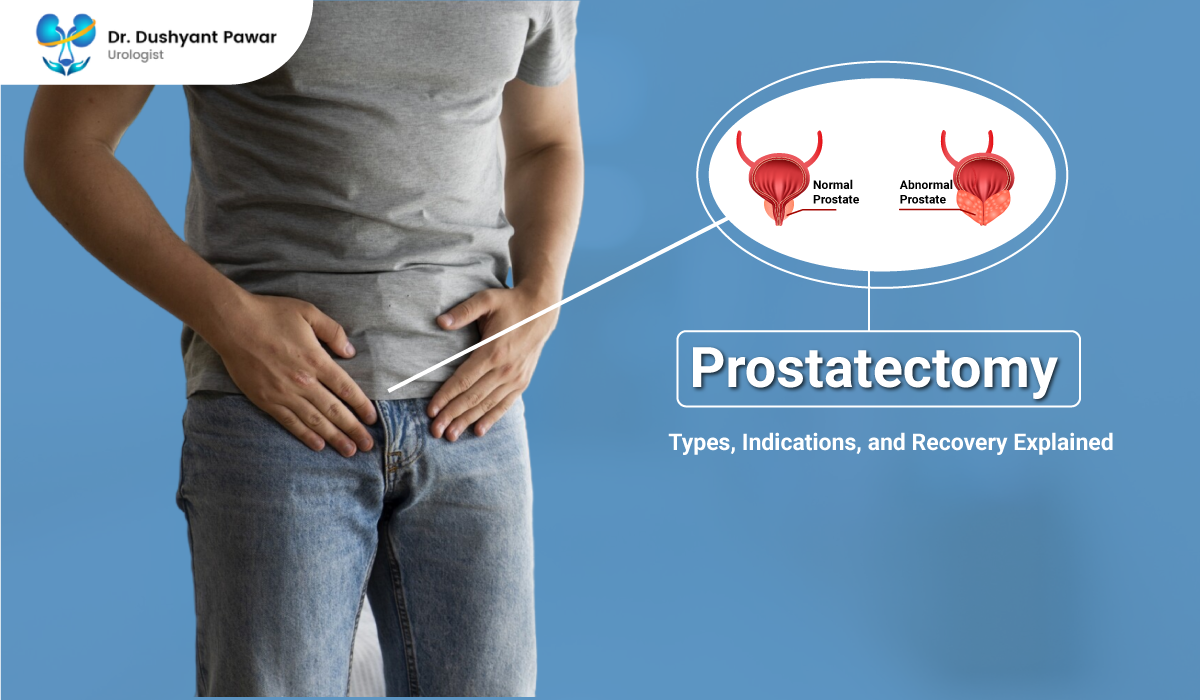Traumatic injuries to the bladder and urethra are serious conditions that often result from accidents or direct trauma to the lower abdomen and pelvic area. This comprehensive guide explores the mechanisms, symptoms, treatment, and prevention of traumatic bladder injury and traumatic urethral bleeding, offering vital information for both patients and healthcare providers.
Table of Contents
Overview of Traumatic Injury to the Bladder and Urethra
The bladder and urethra play crucial roles in urinary function, and any traumatic injury to these areas can have significant health implications. These injuries are relatively rare but require immediate medical attention to prevent severe complications.
What Constitutes a Traumatic Injury?
A traumatic injury can occur due to a variety of mechanisms:
- Blunt trauma: Such as a blow to the abdomen or pelvis.
- Penetrating trauma: From accidents that involve impalement or sharp objects.
- Iatrogenic causes: Medical procedures that inadvertently cause damage.
Specifics of Traumatic Bladder Injury
A traumatic bladder injury typically results from significant force to the lower abdomen, often seen in traffic accidents or falls from great heights. This kind of traumatic injury can lead to a rupture or tear in the bladder wall, leading to leakage of urine into the surrounding tissues and severe internal complications.
Understanding Traumatic Urethral Bleeding
Traumatic urethral bleeding is usually caused by an injury that directly impacts the urethra or as a complication from medical interventions, like catheterization or surgical procedures. This type of traumatic injury can severely affect the urinary retention and release mechanism, necessitating urgent medical care.
Symptoms of Traumatic Injury in the Bladder and Urethra
Identifying the symptoms early can lead to a more effective treatment and a quicker recovery. Here are the signs associated with these injuries:
- For Traumatic Bladder Injury:
- Pain in the pelvic region or lower abdomen.
- Difficulty urinating or inability to urinate.
- Blood in the urine, a condition known as hematuria.
- For Traumatic Urethral Bleeding:
- Visible blood at the start or end of urination.
- Painful urination or a burning sensation.
- Possible swelling or bruising in the perineum or genitals.
Diagnosing Traumatic Injury
Timely diagnosis is critical to managing traumatic injuries effectively:
- Imaging tests: Ultrasound, CT scans, and X-rays are commonly used to assess the extent of the injury.
- Cystoscopy: Employed particularly for examining the inside of the bladder.
- Urethroscopy: Used to inspect the urethra for damage.
Treatment Options for Traumatic Injuries
The treatment of traumatic bladder injury and traumatic urethral bleeding involves several strategies, depending on the severity of the injury:
- Surgical intervention: Often necessary for repairing tears or ruptures in the bladder or urethra.
- Catheterization: Helps in draining urine during the healing process, especially if there is urethral damage.
- Antibiotics: To prevent or treat infections that may arise from the injury.
Risk Factors and Prevention Strategies
Understanding the risk factors associated with traumatic bladder injury and traumatic urethral bleeding is essential for prevention and preparedness. Here’s what to consider:
Risk Factors
- High-impact sports: Activities like football, boxing, or martial arts can increase the risk of traumatic injury to the bladder and urethra.
- Occupational hazards: Jobs that involve heavy machinery or the risk of falls from heights can lead to traumatic injuries.
- Previous surgical procedures: History of surgeries involving the pelvic area can predispose individuals to traumatic injury during subsequent medical interventions.
Prevention Strategies
- Education and training: Proper training and safety education in both sports and occupational settings can significantly reduce the risk of traumatic injury.
- Protective gear: Use of appropriate protective clothing and devices, such as pelvic protectors in sports and safety harnesses in construction, is critical.
- Regular medical check-ups: These can help identify any pre-existing conditions that may increase the risk of traumatic injury and provide an opportunity to manage them proactively.
Role of Emergency Response and Immediate Care
In cases of traumatic injury to the bladder and urethra, the speed and efficiency of the initial response can significantly impact outcomes. Here’s how immediate care should be handled:
- Emergency medical response: Quick transportation to a medical facility is crucial for trauma cases.
- Initial assessment and stabilisation: This includes managing bleeding and preventing shock, which are vital steps before further treatment.
- Detailed evaluation: Once stable, detailed assessments with imaging and diagnostic tests are necessary to plan further management.
Rehabilitation and Ongoing Care
Following the acute management of traumatic bladder injury and traumatic urethral bleeding, a comprehensive rehabilitation program is crucial:
- Physical therapy: To strengthen pelvic muscles and improve urinary control.
- Regular follow-ups: Monitoring for potential complications like urinary incontinence or infection.
- Psychological support: Addressing the emotional impact of the trauma, which can be significant, is as important as physical recovery.
Conclusion
Traumatic injuries to the bladder and urethra, such as traumatic bladder injury and traumatic urethral bleeding, are serious but manageable with prompt and effective medical care. Dr. Dushyant Pawar emphasises the importance of early intervention and a comprehensive approach to treatment and rehabilitation to ensure that patients can return to a normal, healthy life post-recovery. Raising awareness and education about these injuries is key in combating the rise of such traumatic injuries and ensuring optimal recovery for those affected.




